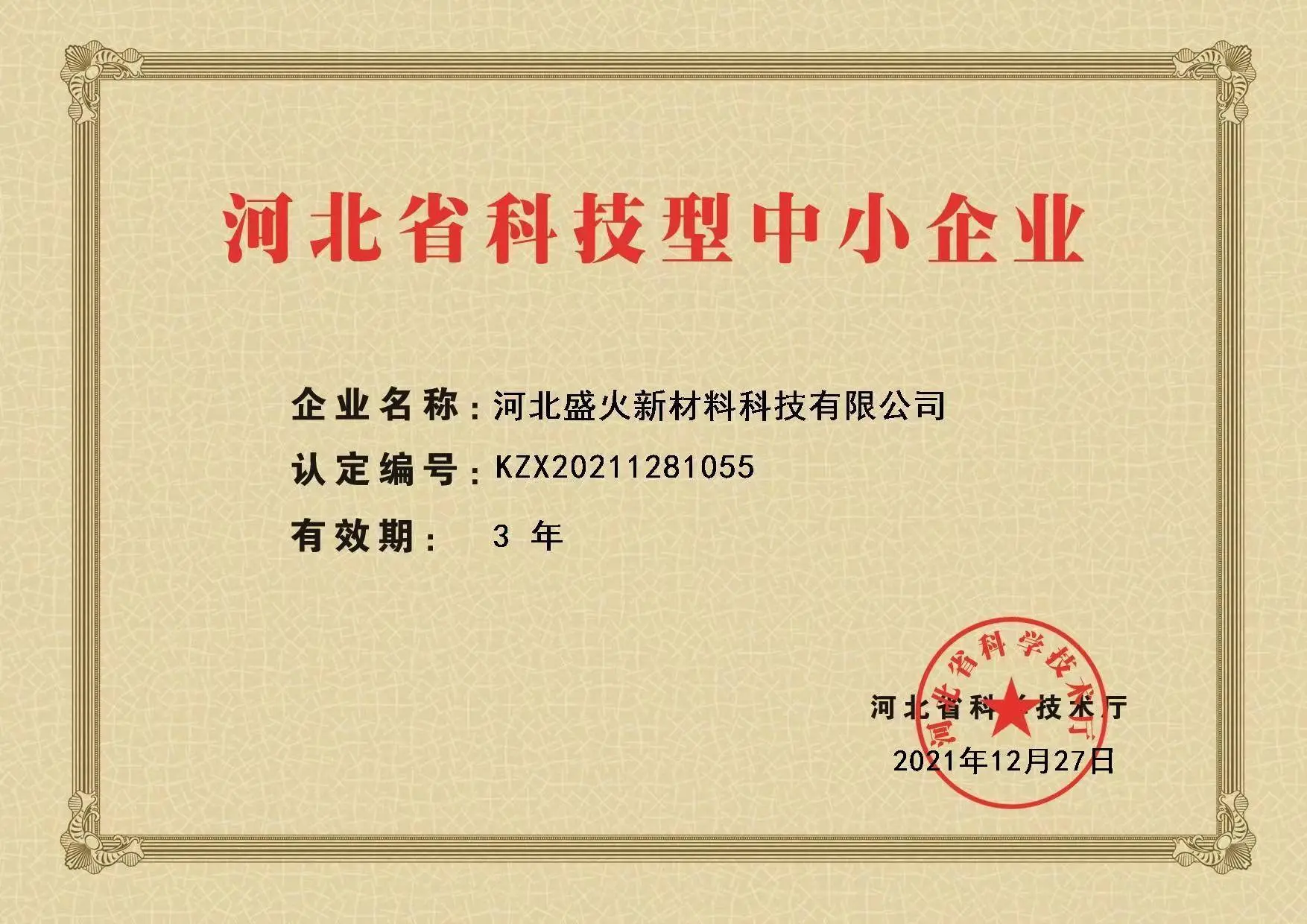

The adaptability of sand casting is exemplified by its ability to incorporate modern technology without losing its historical essence. Innovations such as 3D printing are being integrated to create patterns, enhancing accuracy and reducing lead times. The synergy of traditional methods with cutting-edge technology demonstrates the authoritative evolution within the industry, offering potential cost savings and efficiency improvements. For businesses seeking to optimize their production lines, understanding these advancements is crucial in remaining competitive. Quality control and inspection play significant roles in maintaining the trustworthiness of sand casting outcomes. Techniques such as X-ray inspection and ultrasonic testing ensure that the cast products meet stringent quality standards, eliminating defects that could compromise performance. Establishing a reputation for rigorously tested, reliable components is a cornerstone for businesses utilizing sand casting, enhancing their credibility within the industry. The environmental impact of sand casting has become a focal point for eco-conscious enterprises. Methods to recycle sand and reduce waste have been developed, reflecting a commitment to sustainable practices. This positions sand casting as not only a cost-effective choice but also an environmentally responsible one, appealing to businesses aiming to align with global sustainability goals. Engaging deeply with sand casting demands a comprehensive understanding of both its historical roots and modern advancements. Expertise in material selection, pattern creation, quality assurance, and sustainability efforts defines an authoritative presence in the industry. As companies navigate the complexities of manufacturing, those who harness the full potential of sand casting technology can enhance production efficacy while maintaining the craftsmanship and precision that this method has offered for centuries. Post time:Հնվ . 28, 2025 04:38
Next:sand casting sand types
